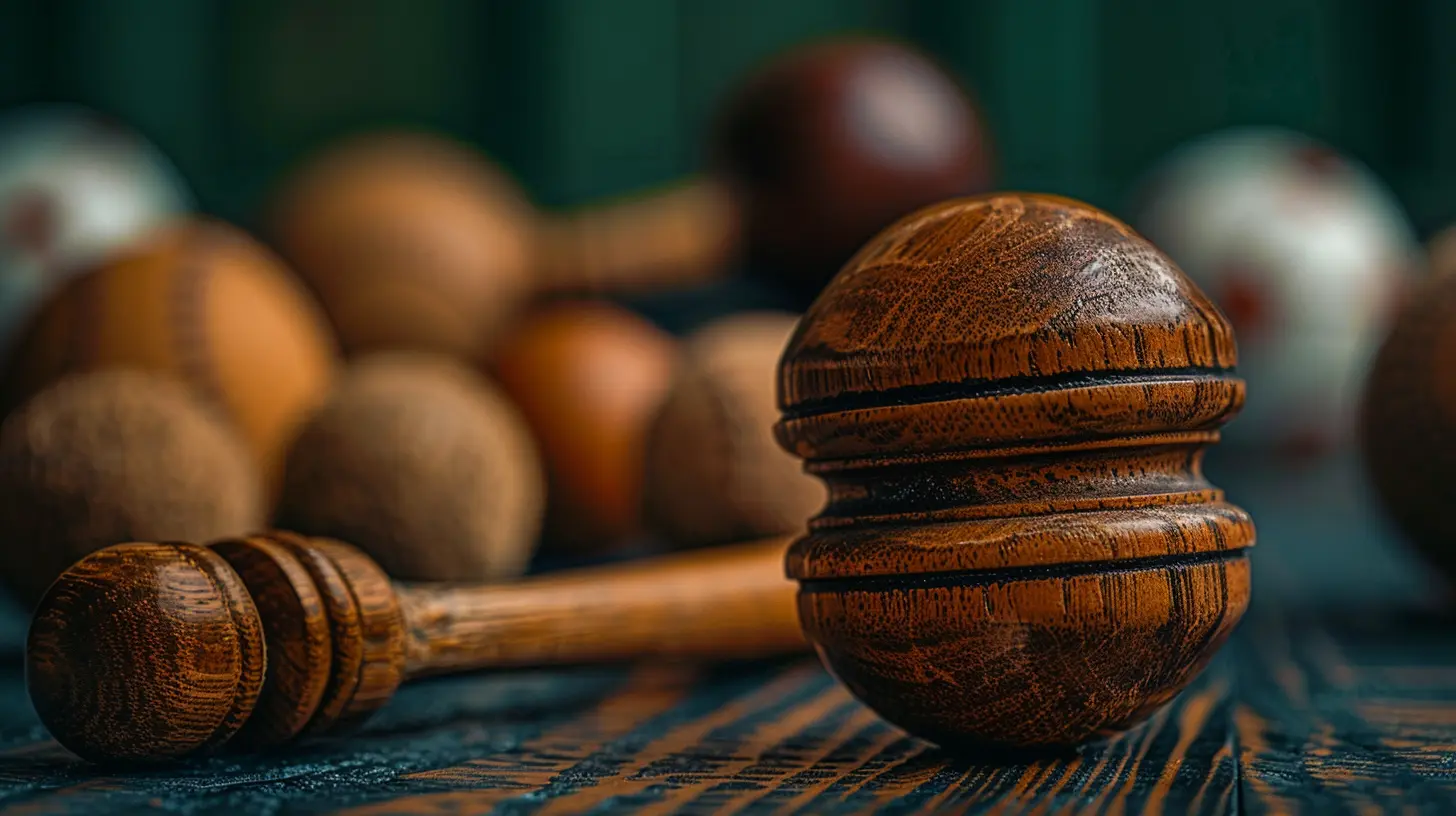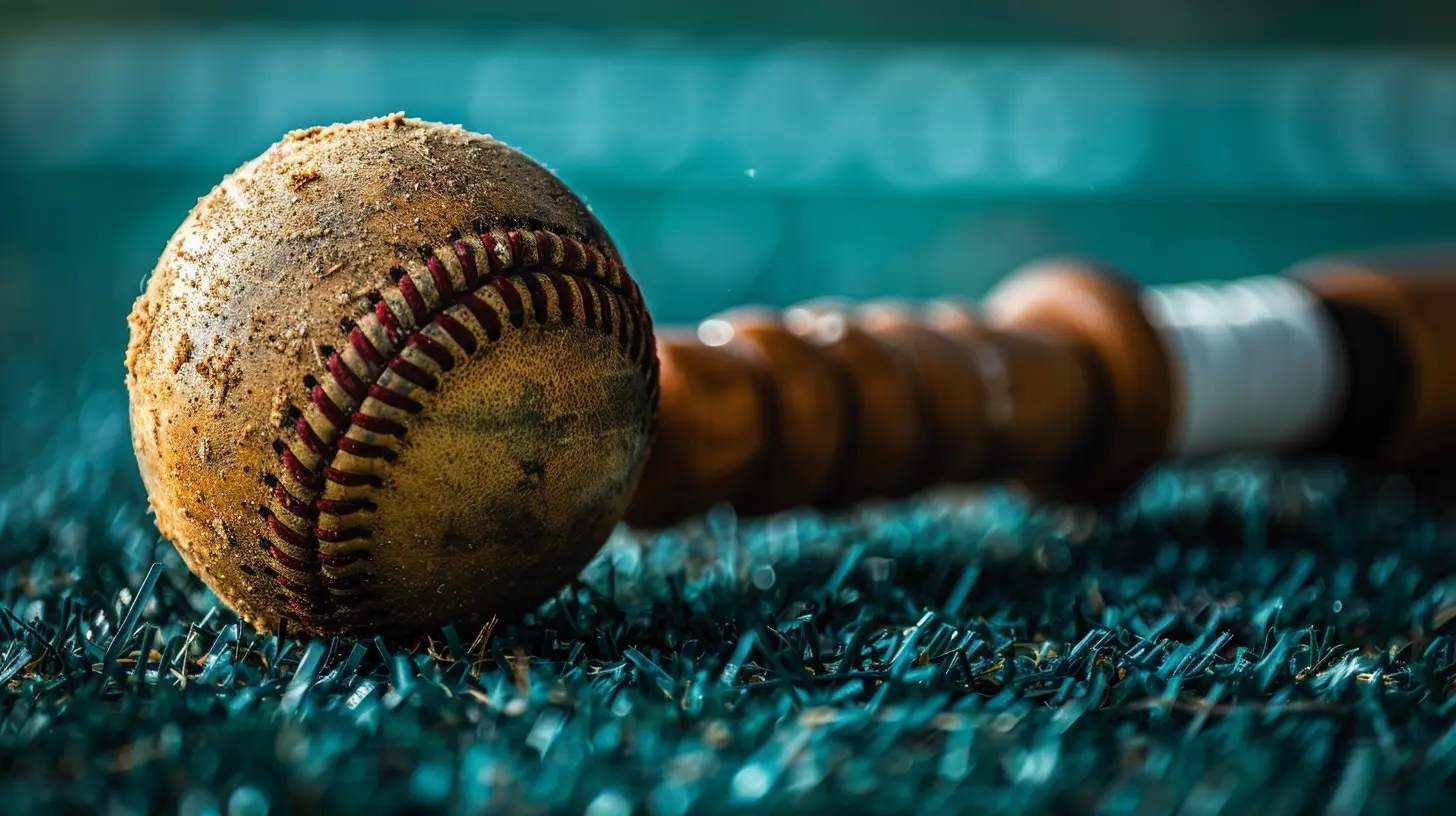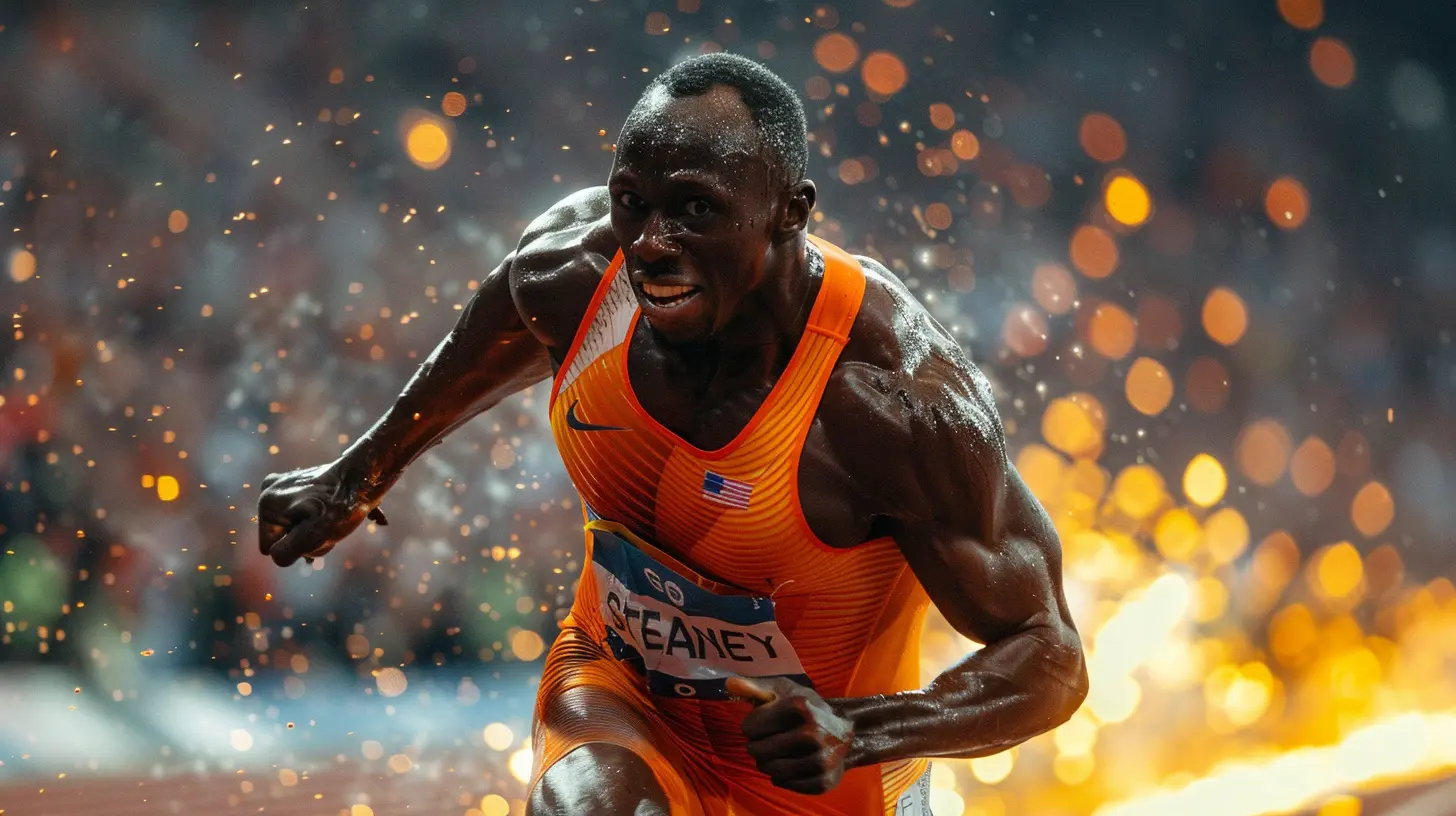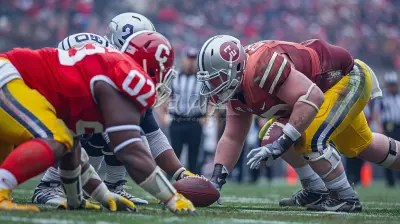When Sports Become a Crime Scene: Legal Battles and Scandals in Athletics
20 August 2025
Sports are a universal language that unites people across cultures. Whether it's a last-minute goal or a record-breaking sprint, fans celebrate moments of triumph and heartbreak. But what happens when the game extends beyond the field and into the courtroom? From doping scandals to match-fixing, sports history is filled with legal battles that have shaken the industry.
In this article, we’ll dive into the most infamous scandals that turned stadiums into crime scenes, revealing how athletes, coaches, and organizations got tangled in legal trouble. 
1. Doping Scandals That Shook the World
The Fall of Lance Armstrong
When you think of cycling, Lance Armstrong was once the first name that came to mind—until his legacy came crashing down. After dominating the Tour de France seven times, Armstrong was stripped of his titles in 2012 following a massive doping scandal.For years, he denied using performance-enhancing drugs (PEDs), but an investigation by the United States Anti-Doping Agency (USADA) revealed a sophisticated doping program. Armstrong later admitted to cheating in a revealing interview with Oprah Winfrey. His case wasn’t just about breaking sports rules; it led to lawsuits, financial losses, and a permanent stain on his career.
Russia’s State-Sponsored Doping Program
The 2016 Olympics in Rio faced massive controversy when Russia was caught in a state-run doping scandal. The World Anti-Doping Agency (WADA) discovered a nationwide scheme where Russian officials swapped out dirty urine samples for clean ones.As a result, Russia was banned from multiple international competitions, including the Olympics and FIFA World Cup. This case proved that doping wasn’t just an individual issue—it could be a widespread, government-backed operation. 
2. Match-Fixing and Betting Scandals
The 1919 Black Sox Scandal
One of the biggest match-fixing scandals in sports history dates back to the 1919 World Series. Eight players from the Chicago White Sox were accused of intentionally losing to the Cincinnati Reds in exchange for money from gamblers.Although they were acquitted in court, Major League Baseball’s first commissioner, Kenesaw Mountain Landis, banned them from the league for life. This scandal changed how pro sports handled gambling, leading to stricter rules and oversight.
The Calciopoli Scandal in Italian Soccer
In 2006, Italian football faced a massive corruption scandal known as Calciopoli. Investigations revealed that top clubs, including Juventus, AC Milan, and Fiorentina, manipulated referee assignments to influence match outcomes.As a result, Juventus, one of Europe’s biggest clubs, was relegated to Serie B and stripped of two league titles. Several officials and club executives faced bans and legal consequences. This event sent shockwaves through the soccer world, proving that not even elite European leagues were immune to corruption. 
3. Sexual Abuse Scandals in Sports
The Larry Nassar Case
Few scandals have horrified the sports world like the crimes of Larry Nassar, the former doctor for USA Gymnastics. Over decades, Nassar abused hundreds of female athletes under the guise of medical treatment. His victims included Olympic champions like Simone Biles and Aly Raisman.In 2018, Nassar was sentenced to 175 years in prison after testimonies from survivors exposed his misconduct. This case led to widespread changes in how governing bodies protect young athletes from abuse, sparking the #MeToo movement in sports.
The Penn State Scandal
In 2011, Penn State University was embroiled in a child abuse scandal involving assistant football coach Jerry Sandusky. The coach was found guilty of sexually abusing numerous boys over the years, many of whom were involved in his charitable program for at-risk youth.The fallout was devastating: legendary head coach Joe Paterno was fired, Penn State faced major NCAA sanctions, and the school paid millions in settlements. This scandal showed that silence and cover-ups could be just as damaging as the crime itself. 
4. Domestic Violence Cases in Professional Sports
Ray Rice and the NFL’s Response
In 2014, NFL star Ray Rice was caught on security footage knocking out his fiancée in an elevator. Initially, the league gave him a two-game suspension, but after the video surfaced, public outrage forced the NFL to change its approach to domestic violence cases.Rice was released by his team, and new policies were introduced, requiring harsher penalties for players involved in domestic violence. The incident highlighted the league’s inconsistent handling of off-field misconduct and pressured major sports leagues to take these issues more seriously.
Oscar Pistorius: From Paralympic Hero to Convicted Murderer
Oscar Pistorius was a symbol of inspiration, becoming the first double amputee sprinter to compete in the Olympics. But in 2013, his legacy took a dark turn when he shot and killed his girlfriend, Reeva Steenkamp.Pistorius claimed it was an accident, believing she was an intruder. However, the court found him guilty of culpable homicide, later upgraded to murder, landing him in prison. His downfall was a shocking reminder of how quickly a hero can become a villain.
5. Financial Fraud and Corruption in Sports
FIFA’s Corruption Scandals
The world’s biggest soccer organization, FIFA, has long been plagued by corruption, but the 2015 bribery scandal exposed how deep the rot went. Investigators found that FIFA officials accepted millions in bribes to influence tournament hosting rights and broadcasting deals.Several top executives were arrested, including long-time FIFA President Sepp Blatter. The revelations tarnished FIFA’s reputation and forced a restructuring of its leadership and policies. To this day, many believe the organization still has transparency issues.
College Admissions Scandals in NCAA Athletics
In 2019, the college admissions bribery scandal made headlines when wealthy families paid to get their kids into prestigious universities through fake athletic scholarships.Coaches from top NCAA schools like USC, Yale, and Stanford were implicated in the scheme, taking bribes to falsely list students as top recruits. The scandal revealed the dark side of college athletics, where money and privilege could bend the rules of meritocracy.
Final Thoughts: When Athletes and Organizations Face the Law
Sports should be about teamwork, discipline, and fair competition. But as we've seen, scandals and crime often creep into the game. From match-fixing to abuse and corruption, these cases prove that sports are not just about talent and training—they also involve power, money, and sometimes, wrongdoing.With increased scrutiny and evolving laws, governing bodies are cracking down on criminal behavior in athletics. However, as history has shown, scandals will always be part of the game. The question is—what lessons can we learn to prevent the next major sports crime from happening?
all images in this post were generated using AI tools
Category:
Sports ScandalsAuthor:

Umberto Flores
Discussion
rate this article
1 comments
Azriel Johnson
In the intersection of sports and law, the thrill of competition can quickly turn into a grim narrative. As athletes face legal challenges, it’s crucial to remember that integrity should prevail. True sportsmanship encompasses not just talent, but also character, making accountability vital in preserving the spirit of athletics.
September 30, 2025 at 10:25 AM

Umberto Flores
Absolutely! Integrity and accountability are essential for maintaining the true essence of sports, especially in the face of legal challenges.


